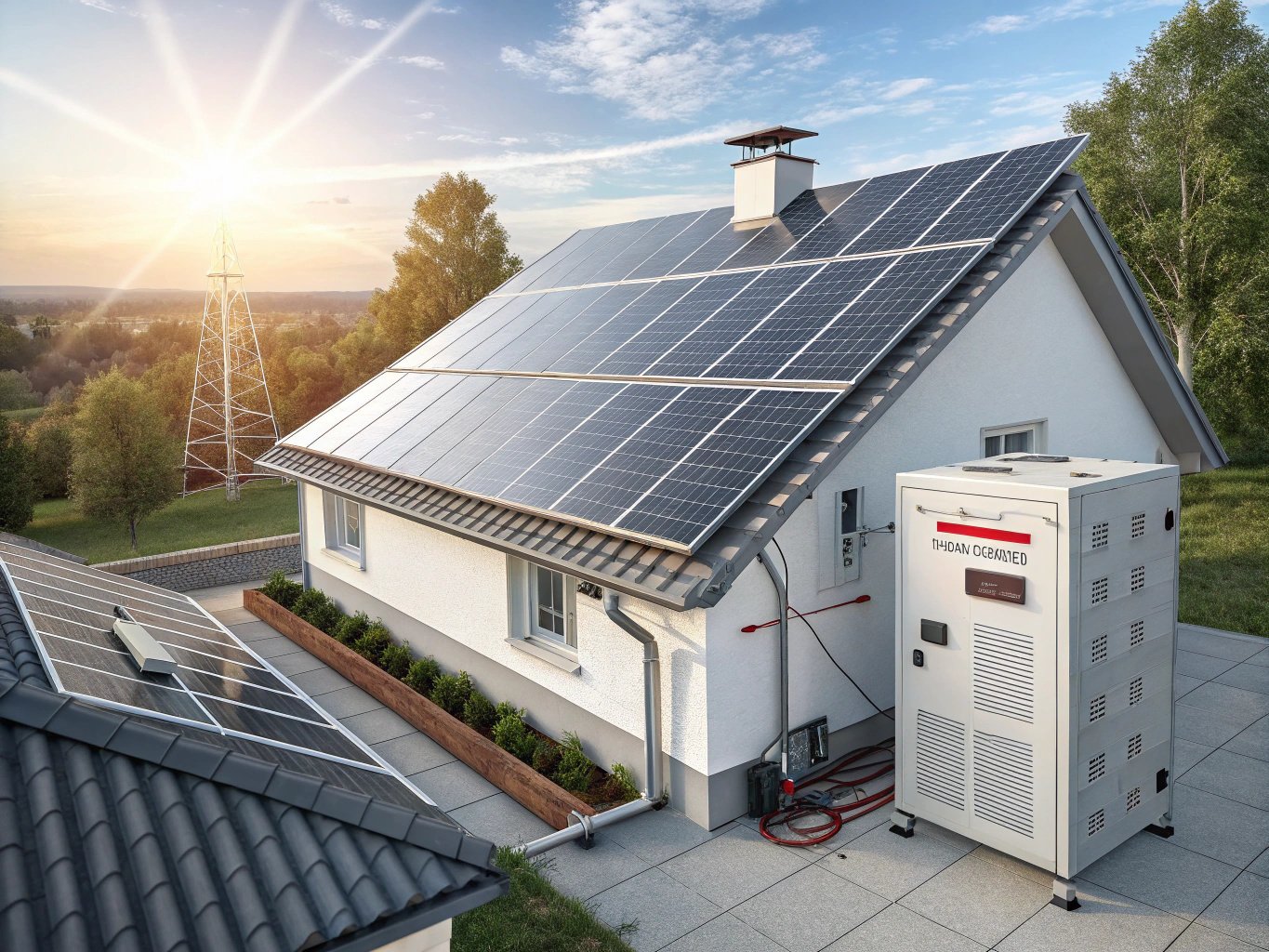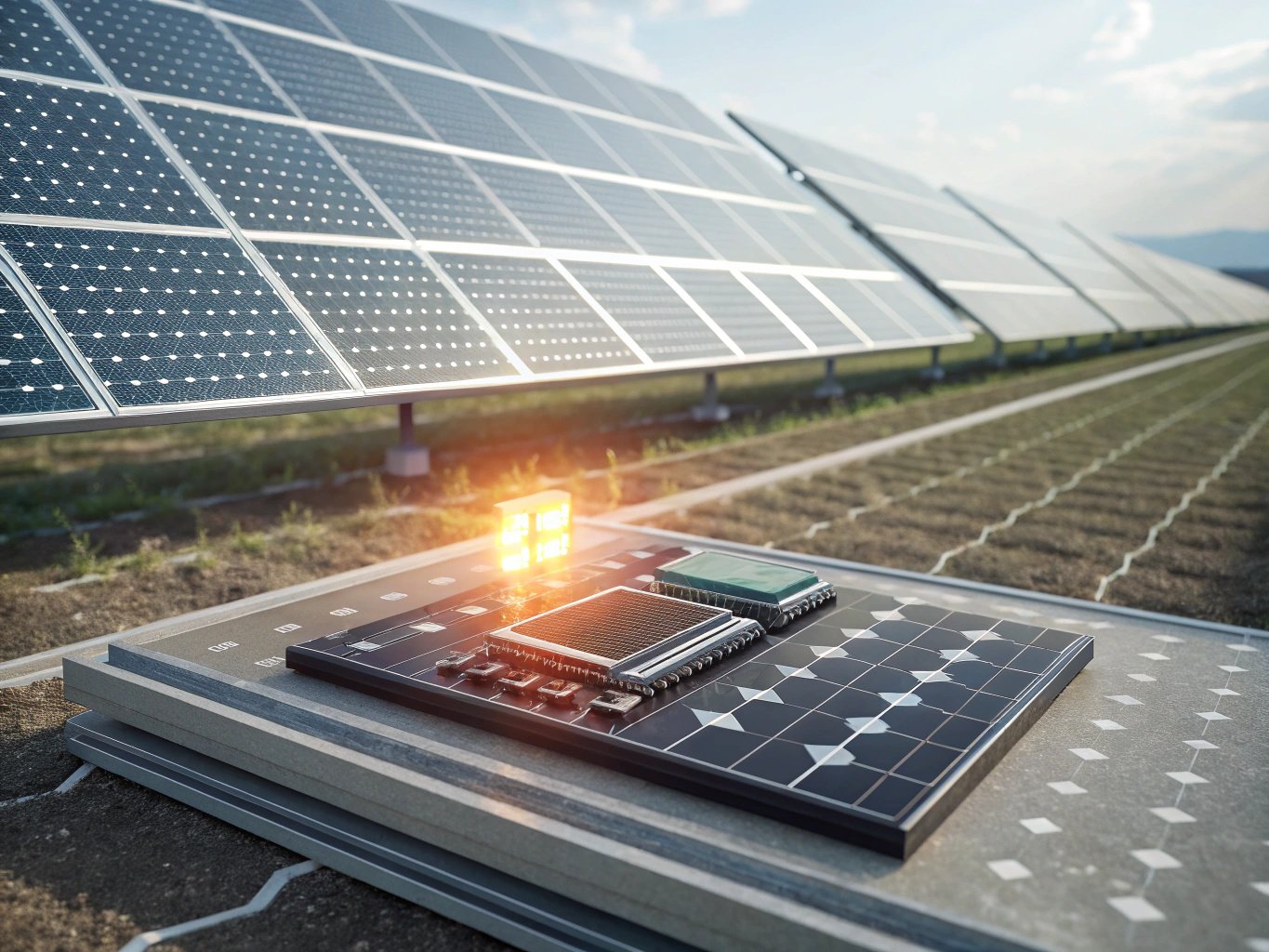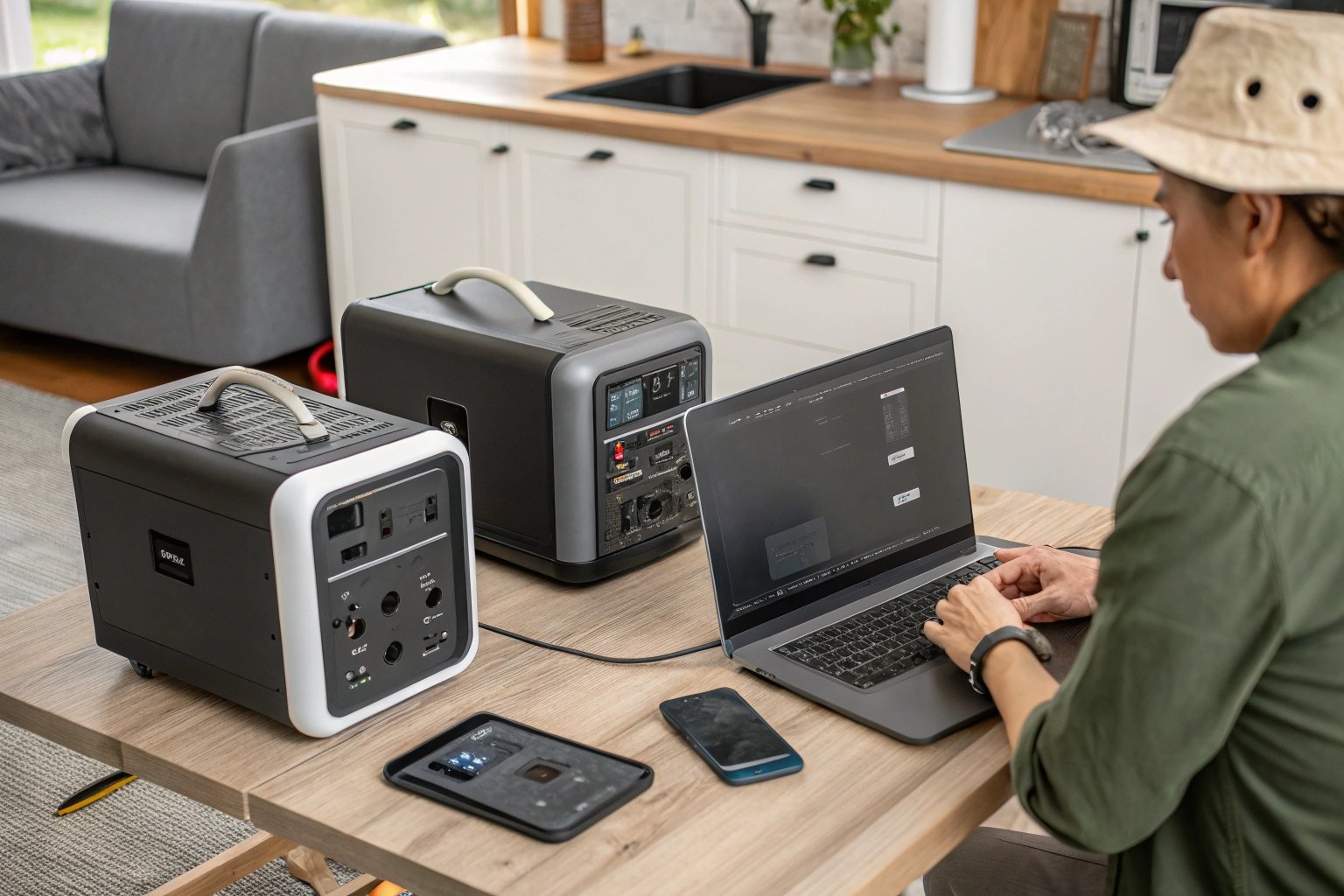
Solar cells, or photovoltaic (PV) cells, convert sunlight into electricity through a process called the photovoltaic effect. By capturing sunlight, these cells generate direct current (DC) electricity, which can be transformed into usable energy for homes and businesses. Understanding how solar cells work is crucial for appreciating their role in renewable energy generation. In this article, we’ll explain the science behind solar cells, how they function, and their role in sustainable power production.
Solar cells convert sunlight into electricity through the photovoltaic effect, a process where semiconductor materials in the cells absorb sunlight and release electrons, generating direct current (DC) electricity. This DC electricity is then converted into alternating current (AC) by an inverter, making it suitable for powering household appliances and devices. The entire process enables homes and businesses to harness clean, renewable energy from the sun, offering a sustainable and eco-friendly alternative to conventional power sources. With the ability to store excess energy in batteries or connect to the grid, solar power systems provide an efficient and reliable energy solution.
If you're curious about how the energy from the sun can be harnessed to power your home or business, understanding the mechanics of solar cells is essential. Continue reading to learn how these innovative devices work and why they’re pivotal in the renewable energy movement.
✖
Solar cells generate direct current (DC) electricity. However, an inverter is required to convert it into alternating current (AC), which is suitable for home appliances.
✖
Solar cells can generate electricity even on cloudy days, although their efficiency is lower. They capture scattered sunlight and still produce energy.
What Are Solar Cells?

Solar cells are devices that convert sunlight directly into electricity. These cells are made from semiconductor materials, typically silicon, which have unique properties that allow them to absorb light and produce electrical currents. Each solar cell is a tiny unit that generates electricity from sunlight. When multiple solar cells are connected together, they form a solar panel, which can produce enough energy to power homes, businesses, or even entire solar power plants.
In essence, solar cells are the building blocks of solar panels. They work by utilizing sunlight to produce electrical power, a clean and renewable energy source that can reduce reliance on fossil fuels.
How Do Solar Cells Generate Electricity?
Solar cells generate electricity through the photovoltaic effect. When sunlight strikes the surface of the solar cell, it excites the electrons in the semiconductor material, causing them to break free and move. This movement of electrons generates a flow of electricity, which is then captured by the electrical contacts on the surface of the solar cell.
This electricity is direct current (DC), which flows in a single direction. Most household appliances, however, use alternating current (AC) electricity. To make the power generated by the solar cells usable, an inverter is used to convert DC into AC.
Here’s a simple step-by-step breakdown of how solar cells work:
- Sunlight Hits the Solar Cell: Photons from sunlight strike the semiconductor material (typically silicon).
- Electron Movement: The energy from the photons excites electrons in the material, causing them to move.
- Electric Field: The solar cell has an internal electric field that directs the electrons towards electrical contacts.
- Flow of Current: The movement of these electrons generates an electrical current.
- Conversion to AC: The direct current (DC) is then passed through an inverter to convert it into alternating current (AC) for use in your home.
✖
While solar cells work best with direct sunlight, they can still generate electricity in diffused light conditions, such as on cloudy days or in shaded areas.
✖
While silicon is the most common material used in solar cells, other materials like cadmium telluride (CdTe) and copper indium gallium selenide (CIGS) are also used in different types of solar technologies.
The Photovoltaic Effect Explained
The photovoltaic effect is the underlying principle behind how solar cells generate electricity. This phenomenon occurs when light photons hit the semiconductor material of a solar cell and excite electrons, causing them to break free from atoms within the material.
When these electrons are freed, they move in response to an electric field created within the solar cell. This movement generates an electrical current. The strength of the current depends on the intensity of the sunlight and the efficiency of the solar cell.
In most solar cells, silicon is used as the semiconductor material because of its excellent ability to absorb sunlight and release electrons. Silicon solar cells are made by cutting thin wafers of silicon and adding impurities to create a positive and negative side, forming a diode-like structure that allows the movement of electrons in one direction, which creates an electric current.
✖
Solar cells do not rely on a chemical reaction. Instead, they generate electricity through the physical phenomenon of the photovoltaic effect.
✖
The photovoltaic effect is most effective with visible light from the sun, and solar cells are optimized to absorb sunlight rather than other types of light, such as infrared or ultraviolet.
Solar Cells vs. Solar Panels
While the terms “solar cell” and “solar panel” are often used interchangeably, they refer to different components. A solar cell is the individual unit that converts sunlight into electricity. A solar panel is a collection of solar cells that are connected together and encapsulated in a frame to capture sunlight and produce electricity at a larger scale.
Multiple solar cells are connected in series or parallel to form a solar panel, depending on the desired voltage and current. Solar panels are then installed on rooftops or large solar farms to generate renewable electricity for homes, businesses, or even utilities.
✖
Solar panels are composed of multiple solar cells that work together to produce electricity. Solar cells are the fundamental units within a panel.
✖
Solar cells can be scaled for small applications, such as powering calculators or small devices. Multiple cells are combined in panels for larger applications, such as residential or commercial energy production.
Types of Solar Cells
There are several types of solar cells, each with unique features and efficiencies:
-
Monocrystalline Solar Cells
These cells are made from a single crystal structure, offering high efficiency and a longer lifespan. They are typically more expensive due to the complexity of manufacturing. -
Polycrystalline Solar Cells
Made from silicon crystals that are melted together, polycrystalline cells are less expensive to produce but have lower efficiency compared to monocrystalline cells. -
Thin-Film Solar Cells
These cells are made by layering photovoltaic material onto a substrate, making them lightweight and flexible. They are often used for large-scale commercial installations, though they tend to be less efficient than silicon-based cells. -
Perovskite Solar Cells
A newer type of solar cell that has gained attention for its potential to achieve high efficiency at a lower cost. Research is still ongoing to improve their stability and commercial viability.
✖
Monocrystalline solar cells are typically the most efficient, offering higher performance than other types.
✖
While thin-film solar cells are lightweight and flexible, they are generally less efficient than monocrystalline or polycrystalline solar cells.
Applications of Solar Cells
Solar cells are used in a variety of applications, both large and small:
-
Residential Solar Power
Homeowners use solar cells to generate electricity for their homes, either by installing solar panels on their rooftops or using small off-grid systems. -
Commercial Solar Systems
Businesses and industries utilize solar cells to reduce energy costs and minimize their environmental footprint by installing solar panels on their properties. -
Solar Farms
Large-scale solar farms made up of thousands of solar panels generate electricity for utilities and can be connected to the grid to supply power to entire communities. -
Portable Solar Devices
Solar cells are used in portable devices such as solar chargers, lights, and even solar-powered vehicles.
✖
Solar cells are used in both large-scale and small-scale applications, including residential systems and portable solar-powered devices.
✖
Solar cells are used in various devices, including calculators, lights, and remote sensors, in addition to solar panels.
The Future of Solar Technology
The future of solar technology looks promising, with ongoing advancements in efficiency, cost reduction, and new materials. Researchers are exploring new types of solar cells, such as perovskite solar cells, which promise higher efficiency at a lower cost. Additionally, innovations like solar roof tiles and transparent solar panels are transforming how we think about solar energy in everyday life.
The continued development of energy storage solutions, such as advanced batteries, will further enhance the reliability of solar power. As solar technology continues to improve, it is expected to become an increasingly significant part of the global energy landscape.
✖
The cost of solar power has been dropping steadily over the years, and in many regions, solar power is now cheaper than fossil fuels. Technological improvements are expected to further reduce costs.
✖
While solar energy is growing rapidly, it is unlikely to replace fossil fuels entirely in the near future. A mix of energy sources will likely be used to meet global demand.
Conclusion
In conclusion, solar cells are a groundbreaking technology that convert sunlight into electricity through the photovoltaic effect. They have diverse applications, ranging from small devices to large-scale solar farms, and their efficiency continues to improve with advancements in technology. Solar cells play a crucial role in transitioning to a more sustainable, renewable energy future. Whether used in residential homes, commercial buildings, or solar farms, solar technology is paving the way for cleaner and more efficient energy production. As research and innovation continue, the future of solar power looks brighter than ever.



